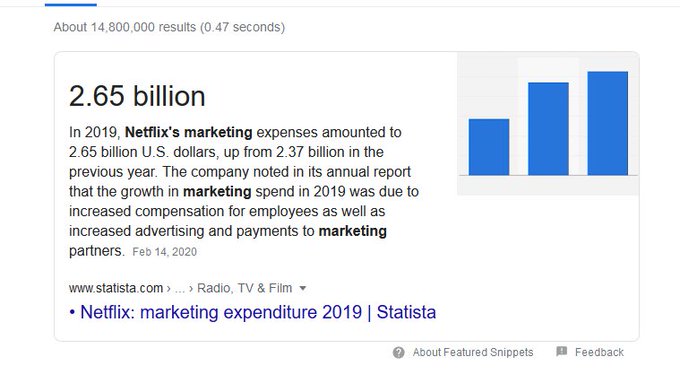Thursday, June 18, 2015
The New Yorker's culture desk could use a fact checker
I recently came across an uncredited piece that drove my inner film geek crazy. About halfway into the review of Ace Records’s new compilation, “Come Spy With Us: The Secret Agent Songbook,” I came across this.[emphasis added]
The world of spy themes doesn’t stop at Bond (or at Bond offshoots or Bond antidotes), and neither does Ace’s set. Lalo Schifrin’s immortal “Mission: Impossible” theme is here, along with the Challengers’ version of Hugo Montenegro’s “Theme from the Man From U.N.C.L.E.” Both of those illustrate the relationship not only between spy music and surf music—similar in instrumentation, similar in insistence—but also between spy music and the music of spaghetti Westerns.Billy Strange was an arranger and session musician now best remembered as a member of the legendary Wrecking Crew. Hugo Montenegro was a minor film and TV composer (other than I Dream of Jeannie, I doubt any of his compositions would register if you heard them) who was best known for cheesy but popular cover arrangements.
...
There are far too many good selections here to list them all: Billy Strange’s “Our Man Flint,” Nancy Sinatra’s “The Last of the Secret Agent” (Flint and Sinatra would collaborate on the theme song for the Bond film “You Only Live Twice,” which isn’t on the set) [That should be "Strange and Sinatra," Derek Flint being fictional and all. It should also be noted that the version of “You Only Live Twice” that most of us are familiar with is by Barry and Sinatra. Billy Strange had nothing to do with it -- MP], and Matt Monro’s “Wednesday’s Child.”
[The original link for this blog is dead now so I made the obvious substitution.]
Both released albums of covers of soundtracks of popular movies and TV shows. As far as I can tell, neither had anything to do with the original scores. Those came from composers such as Ennio Morricone, John Barry and, in this case, the man who wrote the theme for the Man from UNCLE and composed most of the music for the show's first season and who scored both Flint films, Jerry Goldsmith.
For movie people, Goldsmith is kind of a big deal:
Jerry Goldsmith has often been considered one of film music history's most innovative and influential composers.[8] While presenting Goldsmith with a Career Achievement Award from the Society for the Preservation of Film Music in 1993, fellow composer Henry Mancini (Breakfast at Tiffany's, The Pink Panther) said of Goldsmith, "... he has instilled two things in his colleagues in this town. One thing he does, he keeps us honest. And the second one is he scares the hell out of us."[65] ... In a 2001 interview, film composer Marco Beltrami (3:10 to Yuma, The Hurt Locker) stated, "Without Jerry, film music would probably be in a different place than it is now. I think he, more than any other composer bridged the gap between the old Hollywood scoring style and the the [sic] modern film composer."[67]
For someone writing about film music, crediting Montenegro or Strange
with a Goldsmith composition is the kind of mistake that makes you
wonder how much of the writer's expertise came from the liner notes.
Perhaps worse, it is such an easily avoidable error. Thanks to
Wikipedia, it takes so little time to get the facts right.
In fairness to the author, some of the critical points are valid (such as the relationship between spy films and surf music. For example, check out the arrangement from this sequence from Our Man Flint,
But even good arguments are difficult to take seriously when they come with careless mistakes.
p.s. I didn't want to go full nerd in the middle of a post, but if you feel like releasing your inner spy geek, I recommend checking out these discussions of the various arrangements of Man from UNCLE themes (including the revelation that Goldsmith hated Lalo Schifrin's new arrangement).
p.p.s. I ran this past an actual authority, Brian Phillips. He pointed out another one I should have caught: "Though Bill Cosby starred in “I Spy” as early as 1965 (the brassy Roland Shaw theme is included)..." The I Spy theme was, of course, by Earl Hagen who was, in Sixties television, also kind of a big deal [Andy Griffith Show, Dick Van Dyke Show, etc.].
Brian also questions whether the bassline to "Come Spy With Me" is really James Jamerson.
In fairness to the author, some of the critical points are valid (such as the relationship between spy films and surf music. For example, check out the arrangement from this sequence from Our Man Flint,
But even good arguments are difficult to take seriously when they come with careless mistakes.
p.s. I didn't want to go full nerd in the middle of a post, but if you feel like releasing your inner spy geek, I recommend checking out these discussions of the various arrangements of Man from UNCLE themes (including the revelation that Goldsmith hated Lalo Schifrin's new arrangement).
p.p.s. I ran this past an actual authority, Brian Phillips. He pointed out another one I should have caught: "Though Bill Cosby starred in “I Spy” as early as 1965 (the brassy Roland Shaw theme is included)..." The I Spy theme was, of course, by Earl Hagen who was, in Sixties television, also kind of a big deal [Andy Griffith Show, Dick Van Dyke Show, etc.].
Brian also questions whether the bassline to "Come Spy With Me" is really James Jamerson.





